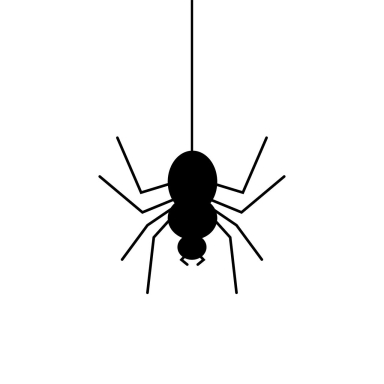Life and living: 8 scary snacks masquerading as healthy

In our fast-paced society, we grab our “healthy” snacks as we run out the door and pat ourselves on the back for putting our health first when we’re on the go.
But believe it or not, some of your favorite healthy snacks are just presenting themselves as healthy when they’re actually not that good for you. You know the ones we’re talking about: the low-fat, fat-free, made-with-vegetables and packed-with-protein snacks we all love. More often than not, these snacks are full of sugar, pumped with soy, high in sodium and made with artificial colors.
Here’s a list of eight unhealthy snacks posing as “healthy” that you might find in your own fridge or pantry.
Granola
Surprise! Granola is typically full of sugar, unhealthy fats and corn syrup. Nothing about those ingredients scream “healthy.” When buying granola (or granola bars, which are even worse), check that ingredient list. Or better yet—make your own.
Veggie chips
These have the word “veggie” in them, so they must be healthy, right? Not so fast. While veggie chips (or sticks) appear healthy, the nutritional value of the vegetables is destroyed during chip processing. Not to mention, sometimes they’re fried—and there’s nothing healthy about that.
Applesauce
This delicious fiber-filled snack has been enjoyed throughout the ages as a standalone, with pork chops and even as a substitute in baking. Unfortunately, processed applesauce can also be full of sugar. It’s best to look for sugar-free versions whenever possible.
Protein bars
Protein bars are marketed to be chock full of protein to give you a much-needed burst of energy, but they’re actually a lot like candy bars when it comes to their ingredient structure. Many protein bars contain high levels of sugar, high fructose corn syrup, unhealthy fats, chemical additives, questionable preservatives and artificial flavors.
Yogurt
Because it’s a food that’s naturally high in probiotics, yogurt is a go-to for many households, especially those with kids. Unfortunately, not all yogurt is good for you—especially the frozen kind. And those yogurt-covered snacks, like raisins or peanuts? Not healthy either. Yogurt tends to run high in sugar content, so enjoy sparingly.
Sports drinks
Nothing is better for you after a long workout than a sports drink, right? Well, not exactly. For athletes in training, sports drinks are a good source of electrolytes. For those who aren’t as active? Not so much. Sports drinks do contain electrolytes, but they also have sugar, sodium, carbohydrates and artificial coloring. Seems like the opposite of a healthy drink, doesn’t it? While water is always the best choice to rehydrate, coconut water is a good backup option since it’s rich in potassium.
Fruit snacks
Fruit snacks are a favorite of many school lunches and as a quick bite, but they’re not as healthy as you might think. Corn syrup and sugar are listed as the top ingredients, and they’re made with artificial colors and flavorings—nothing healthy about that. It’s best to go for the real thing, full of nutritional vitamins and antioxidants.
Tomato juice
While tomato juice is a great source of folate, potassium, vitamin C and vitamin K, it can also be high in sodium, which can contribute to high blood pressure. Some pre-packed tomato juice brands can also contain other fruit juices. You know what that means: added sugar. You can make your own tomato juice or look for 100% tomato juice options without added salt or sugar.
Making changes
It’s okay if your pantry is stocked full of these items...after all, they’re typically marketed as healthy items, so you feel safe buying them for your family. In a pinch, they’re easy to grab and go. Just remember there are always alternatives! Double-check that ingredient list before you add items to your grocery cart—you never know what the “healthy” advertisement may be hiding, and that’s just plain scary.
Back to issue







